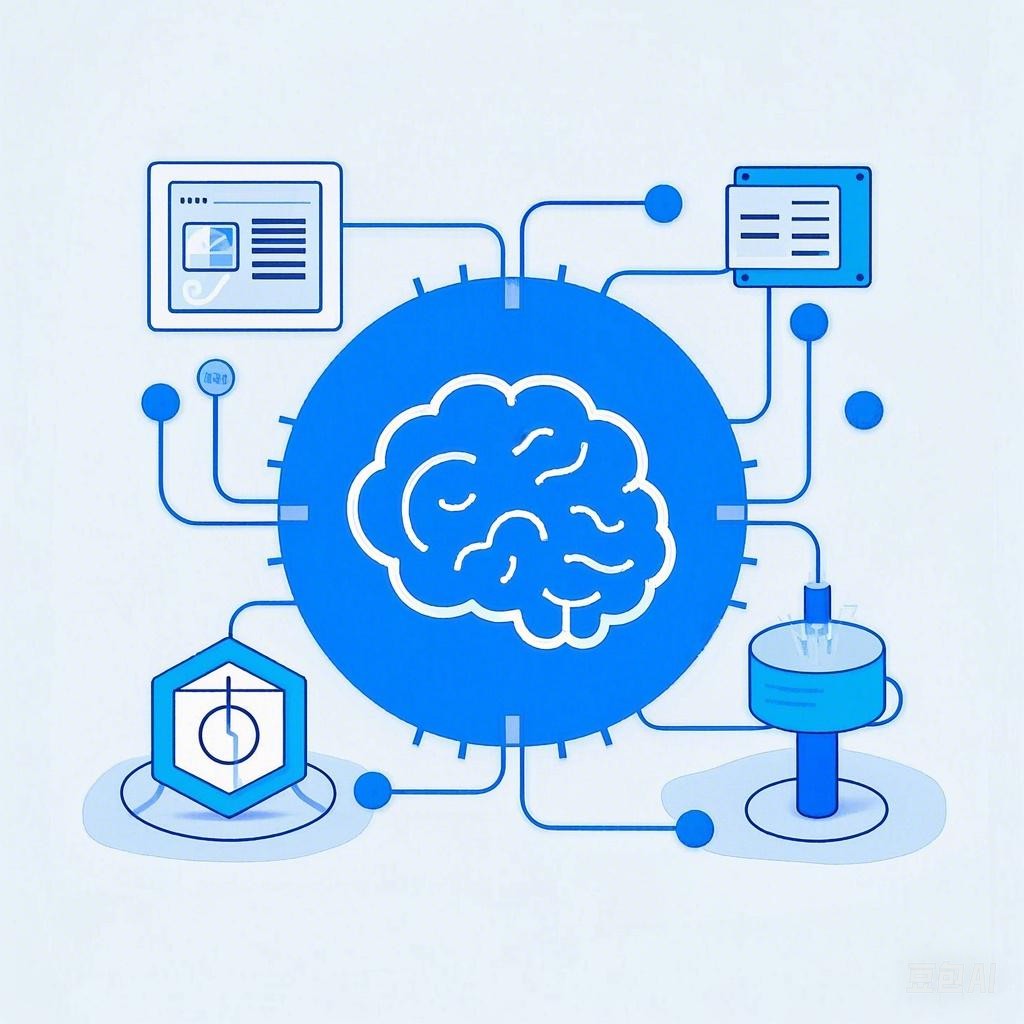引言
在商业环境中,B端(Business-to-Business)交互的效率和质量直接影响到企业的运营和发展。随着人工智能和自然语言处理技术的进步,高效沟通模型应运而生,为B端交互提供了新的解决方案。本文将深入探讨高效沟通模型的核心要素,并揭示其背后的秘诀。
高效沟通模型的核心要素
1. 上下文理解
高效沟通模型首先需要具备强大的上下文理解能力。这意味着模型能够捕捉对话中的关键信息,理解用户的意图和需求,从而提供准确的回复。
class ContextUnderstandingModel:
def __init__(self):
self.context = []
def update_context(self, message):
self.context.append(message)
def understand(self, message):
# 处理消息并理解上下文
# ...
return response
2. 对话连贯性
保持对话的连贯性是高效沟通的关键。模型应能够避免前后回答不一致、遗漏上下文信息、回答偏离话题等问题。
class ConversationalCoherenceModel:
def __init__(self):
self.history = []
def reply(self, user_input):
self.history.append(user_input)
# 根据历史信息生成连贯的回复
# ...
return response
3. 个性化定制
高效沟通模型应能够根据用户的偏好和习惯进行个性化定制,提供更加贴心的服务。
class PersonalizationModel:
def __init__(self, preferences):
self.preferences = preferences
def customize_response(self, response):
# 根据用户偏好定制回复
# ...
return response
高效沟通模型的秘诀
1. 智能化模板系统
通过引入变量、命令和角色模板,高效沟通模型可以提供编程式的语言逻辑来指导对话。
class TemplateBasedModel:
def __init__(self, templates):
self.templates = templates
def generate_prompt(self, variables):
# 使用模板和变量生成提示词
# ...
return prompt
2. 高度自定义的元素
灵活应用变量、命令和角色模板,使得模型能够适应各种复杂的对话场景。
class CustomizableModel:
def __init__(self):
self.variables = {}
self.commands = {}
self.roles = {}
def set_variable(self, name, value):
self.variables[name] = value
def execute_command(self, command):
# 执行命令
# ...
pass
def assign_role(self, role):
self.roles[role] = True
3. 持续学习和改进
通过与用户的交互,高效沟通模型能够不断积累经验和知识,提高自己的回答准确度和深度。
class LearningModel:
def __init__(self):
self.experience = []
def learn_from_interaction(self, interaction):
self.experience.append(interaction)
def improve(self):
# 根据经验改进模型
# ...
pass
结论
高效沟通模型为B端交互提供了新的可能性,通过上下文理解、对话连贯性、个性化定制等核心要素,以及智能化模板系统、高度自定义的元素和持续学习的能力,这些模型能够解锁B端交互的新境界。随着技术的不断发展,高效沟通模型将继续优化,为商业环境带来更多价值。
